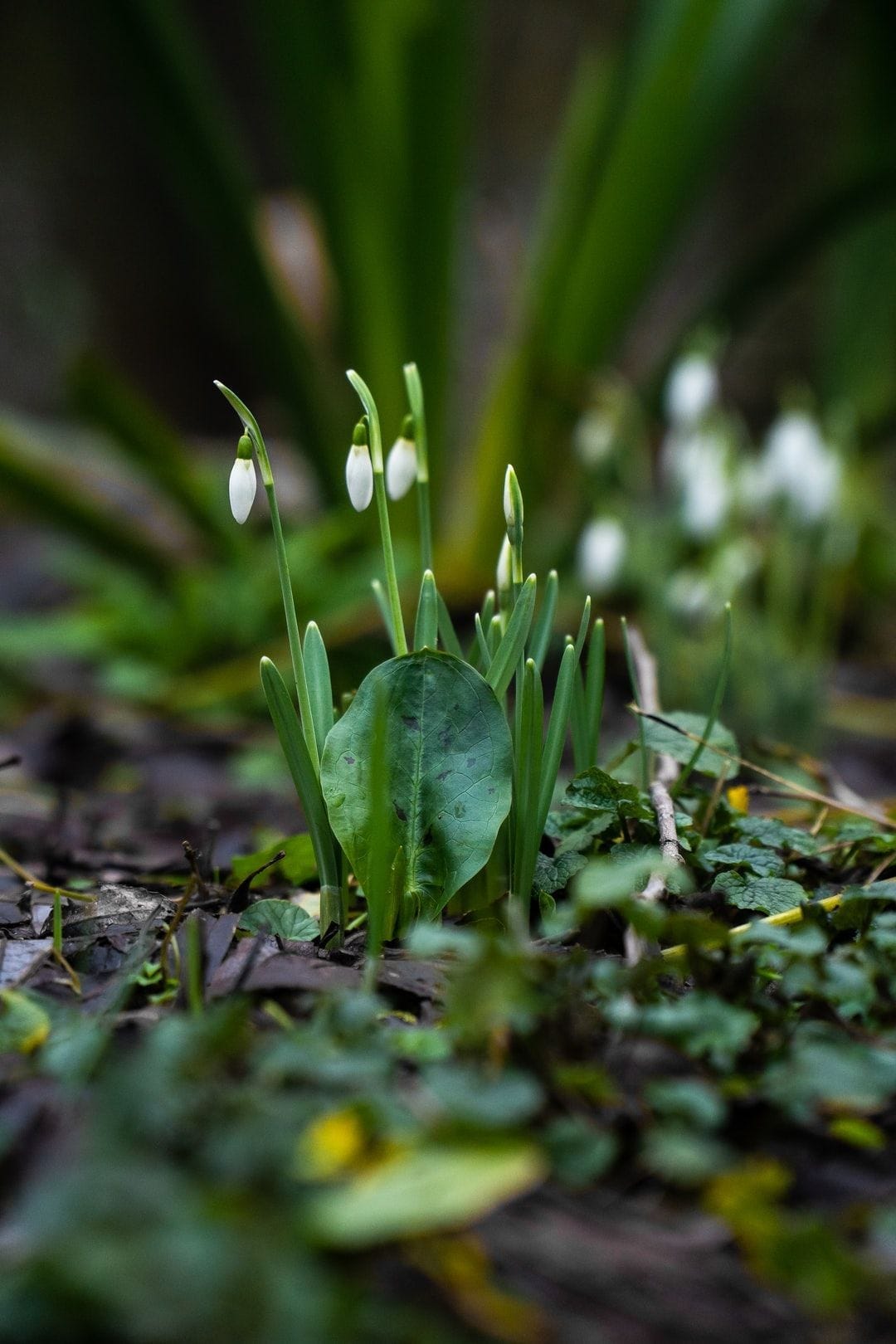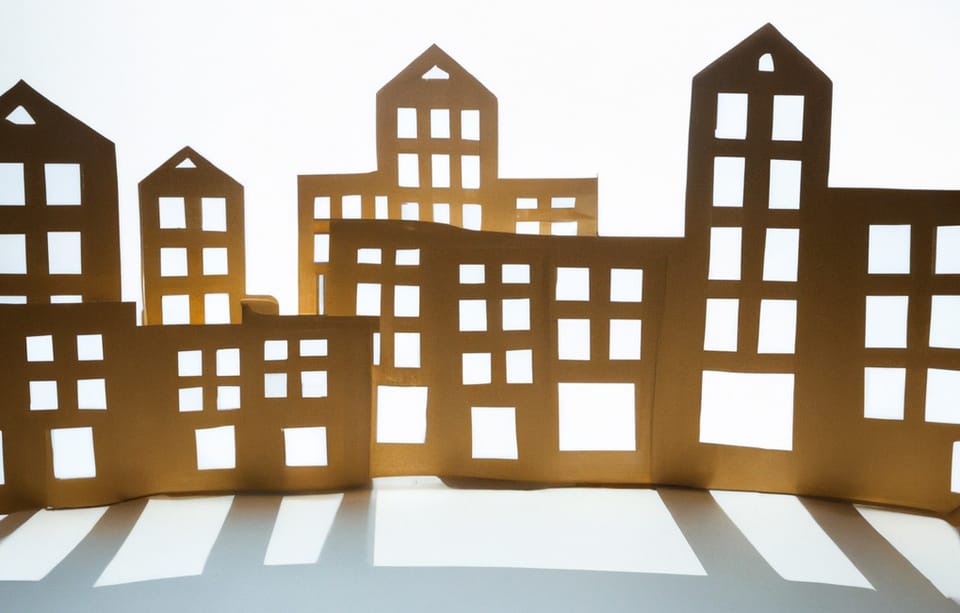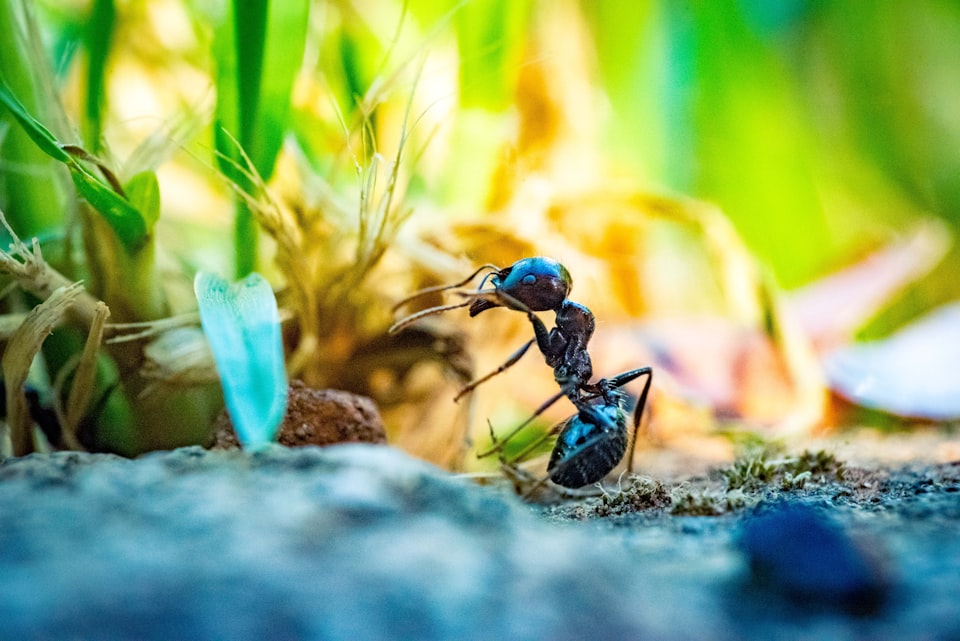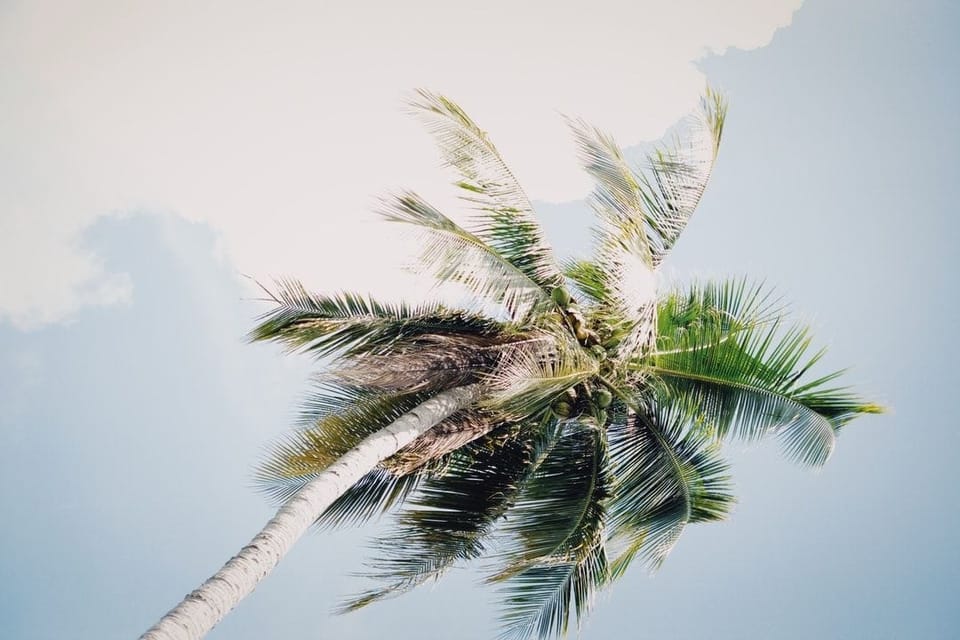Ter It Up

Today I completed the final inspection of the Ter Biosphere. It is absolutely perfect. From the air circulation machines to the amazing texture of the dirt floor. Nature did well, but we did better. All plants are self-sustaining. We blended the natural plant life in with our fabricated plants. I think the way we handled lighting is the most elegant solution.
We planted snowdrop plants along all pathways. We made snowdrop plants that had a snowdrop-shaped light bulb that look just like the natural snowdrop bud. The sight of all 17,000 bulbs along the pathways aglow is a masterpiece itself. The pathways look completely natural, yet they hide the electrical and data wiring for the entire complex.
When Clay asked me to work on this project, I thought it was a joke at first. I worked in movies creating sets, but to design an entire living world for real seemed way out of my skill set. When he convinced me I could do it, the first thing I remember thinking was that I would need the world to look real from all angles. There wasn’t a camera that would be only seeing the front of a wall. This was a real living set.
Of course, there would be cameras. Clay wanted to see all angles of the biosphere. At anytime he wanted to know what animals were doing, if there were plants that needed care, or if some caretaker was doing anything that would affect the delicate balance of nature he was trying to create. Besides the 8,467 cameras hidden throughout, there were also sensors for monitoring a myriad of measurable datasets on campus.
Sensors for measuring humidity, air pressure, and temperature were of course placed throughout the entire space, but Clay wanted more data. He went so far as having me place accelerometers on the birds so we could tell when they were hunting, playing, or several other potential scenarios we discussed in a meeting that lasted longer than the Lord of the Rings movie series. Another thing we could monitor was if the body temperature of animals was elevated. There were floor sensors that helped us track pack animals. Clay wanted complete control.
We also equipped all animals with a tranquilizer which could we could inject at the push of a button from the control room which would knock them out within three seconds. Do you know how hard it was to calculate how much Telazol, ketamine, or other medication is needed to knock out a variance of 273 animals and insects? I had to bring in some smart people for that one.
The hardest part of the project was the rain cycle. The number one rule we had when designing was that nothing could go across the giant dome. We built it to look seemless with the natural sky. We installed misting machines at the highest points and carefully control the temperature at the top of the dome. When we are ready for a storm we spray a combination of silver iodide and potassium iodide at into the mist. It took a lot of experimentation to create the perfect cloud. We actually started work on that part before we built anything else.
Look at it. It is spectacular. After seven years of building and four years of research before we even started, we finally have the perfect environment. Over the next twenty years, millions of people will watch video streams, thousands will visit the Ter. More importantly, billions of dollars will funnel into the laboratory to pay back all the investors and fund future research. The only problem is that nothing is perfect. There is only an illusion of control.
In three years, seven months, and ten days, Clay will get a call from an engineer repairing a water pump. The pump is used to regulate the amount of water gets fed into the river flowing through the middle of the Ter. There are two backup systems for the water pump. Clay’s engineer will tell him that the water pump needs to be replaced. Clay will give the go ahead because the backup systems are in place. What Clay won’t realized is that the backup systems weren’t tested as often as I set forth in the maintenance documentation.
Once the pumps fail, it is only a matter of time. The river will overflow in roughly six minutes and start penetrating the vegetation along the edge. Four minutes later, the animals living closer to the river will start evacuating. The animals further away will start fighting the invaders while also trying to move further away. What none of the animals will realize is there is only so much space to evacuate. When they reach the outer walls, they will be trapped until the water reaches fourteen feet. At that height, the outer walls will crumble, freeing the animals and destroying the dome ceiling.
Most of the animals will survive. I won’t be there. I will be working on a film in Guadalajara where I am constructing a hotel that will be the scene where the murder takes his victims. Clay won’t call me. He will perish in the disaster. Water pumps. Fickle creations.




